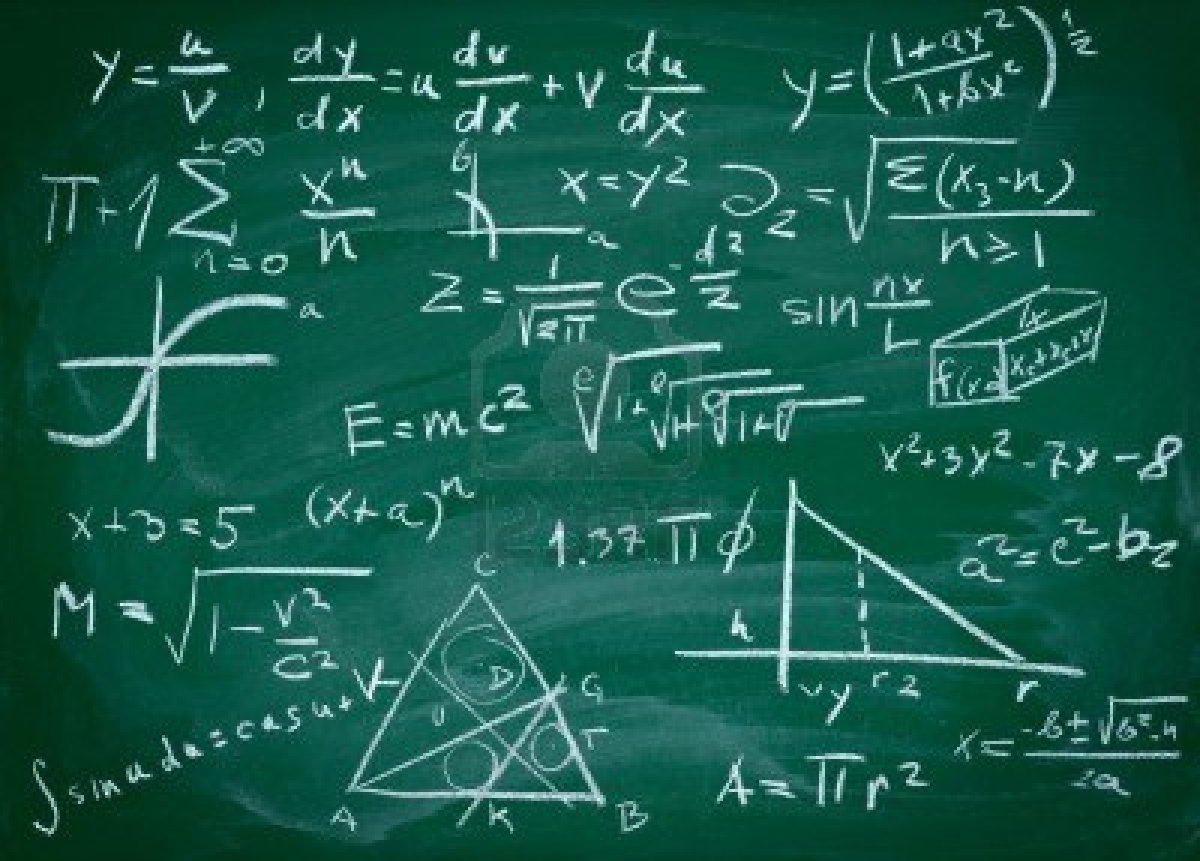Is There a Formula for Knowing WHAT Variances to Analyze WHEN?
Aug 19, 2013
Over the past few years, I have worked with a several individuals in this same position. When we first started working together, the most fitting word used to describe them was clueless. The best part about working with these people is that they are much easier to teach and work with than somebody fresh out of college, or familiar with GAAP accounting. I cannot begin to imagine how many times in talking about cost accounting we have emphasized how important it is to KNOW and UNDERSTAND what is happening on “the other side of the wall” a.k.a, the production floor.
 I am currently working with someone in a similar position who began working with a standard cost system and is generating very limited amounts of specific data. Excel is being used to create overhead rates by work center and to calculate variances on a monthly basis. The Company is currently in the process of installing some more sophisticated equipment to extract production data to use for future purposes. However, right now the resulting variances are very difficult to analyze without a lot of detail behind them. One of the questions that has been tossed around by management is: What are the targets for variance analysis?
I am currently working with someone in a similar position who began working with a standard cost system and is generating very limited amounts of specific data. Excel is being used to create overhead rates by work center and to calculate variances on a monthly basis. The Company is currently in the process of installing some more sophisticated equipment to extract production data to use for future purposes. However, right now the resulting variances are very difficult to analyze without a lot of detail behind them. One of the questions that has been tossed around by management is: What are the targets for variance analysis?
While it seems there should be some cookie cutter approach to variance analysis, there is NOT! The targets that are set for each variance are very specific by industry, company, production process, and goal that is trying to be managed. We always start with a broad overview that overall variances should not be more than 10% of the total cost annually. From there we can define some additional general approaches to determining what variances should be investigated such as:
• Trends on continually positive or negative variances • Review the activity in the top 20% of variances (as percent of total) • Categorize variances as favorable or unfavorable and track the trends over time
This is simply a starting point, and a small sample to say the least. Once you see which variances are causing the big differences, then you must evaluate based on your company’s specific needs and goals. This requires thinking outside of the box and really knowing what is happening on the production floor. It becomes a collective effort – production, management, accounting, engineering, and more to determine what those targets should be.
Categories: Cost Accounting
